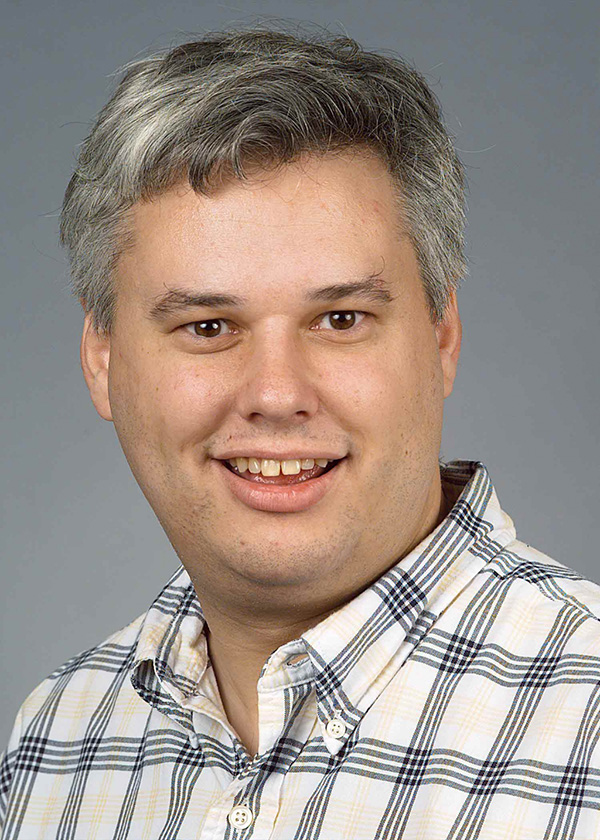Cornell theorists affirm gravitational wave detection
By Blaine Friedlander


Cornell astrophysicists and scientists played a vital role to validate the historic news of the first direct detection of gravitational waves – as predicted 100 years by Albert Einstein’s general theory of relativity.
Led by scientists from the Laser Interferometer Gravitational-Wave Observatory (LIGO) collaboration at the California Institute of Technology and the Virgo group collaboration, research published Feb. 11 in Physical Review Letters reports the detection. The waves result from two black holes spiraling in toward one another and smashing together.
Until now, this scenario had only been predicted theoretically. Many astrophysicists doubted that it would occur often enough ever to be detected. However, soon after LIGO detectors in Livingston, Louisiana, and Hanford, Washington, were upgraded last summer, in September scientists found two black holes – each about 35 times the mass of our sun – moving at more than half the speed of light, orbiting each other and creating waves. Researchers spent the autumn confirming results.
“This is something people have been looking for for a long time,” said Saul Teukolsky, the Hans A. Bethe Professor of Physics and Astrophysics, who has been using supercomputers to solve Einstein’s equations for black hole mergers for much of his career.
The LIGO and Virgo group confirmed that the waves came from a black hole merger by comparing their data with a theoretical model developed at Cornell. Teukolsky and the Cornell-founded Simulation of eXtreme Spacetimes (SXS) collaboration group have been calculating and completing a full catalog of theoretical solutions since 2000, when supercomputers first became capable of the task.
“You need big computers because the equations are so complicated,” explained Larry Kidder, senior research associate and a co-leader of the SXS collaboration. One calculation – with varying masses and spin rates – takes a supercomputer a full week to solve, running 24 hours a day. With different parameters, some calculations take months. SXS created a theoretical catalog of what the different possible gravitational waves would look like.
Teukolsky said that the new LIGO paper shows the measured waves with an SXS wave superposed on top and in excellent agreement with the measurements. “That’s a very strong confirmation that these are gravitational waves that come from black holes – and that Einstein’s general theory of relativity is correct,” he said.
With the LIGO confirmation of direct detection of gravitational waves, “This is a theorist’s dream, the best possible source [two black holes] you could have,” Teukolsky said.
On the news from LIGO, Teukolsky explained: “This is something I’ve been working on ever since I came to Cornell. This is probably the most exciting episode in my professional career.”
In addition to Teukolsky and Kidder, contributing to the Cornell work were research associates Michael Boyle and Scott Field, and graduate students Andrew Bohn, Francois Hebert and William Throwe.
Media Contact
Get Cornell news delivered right to your inbox.
Subscribe